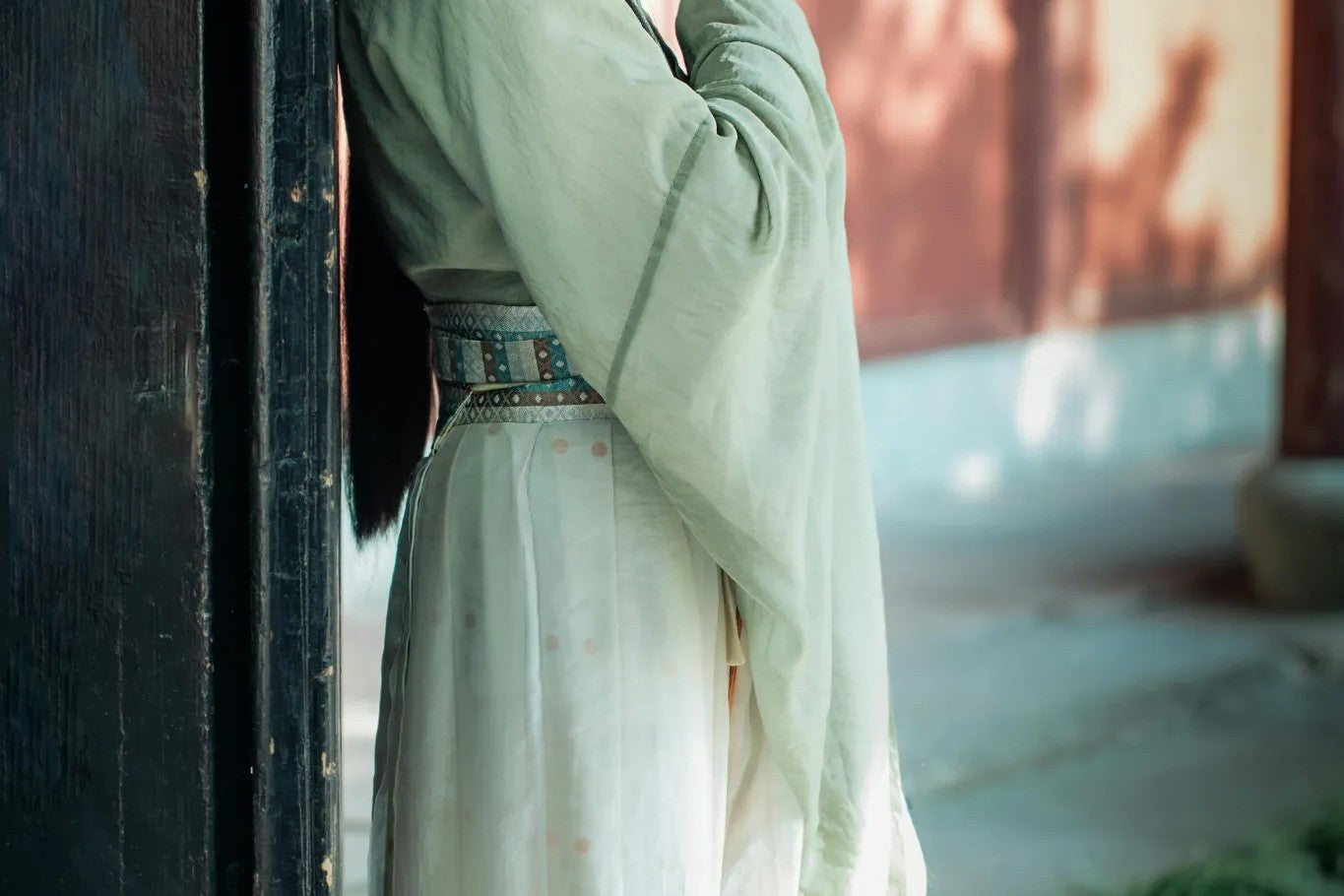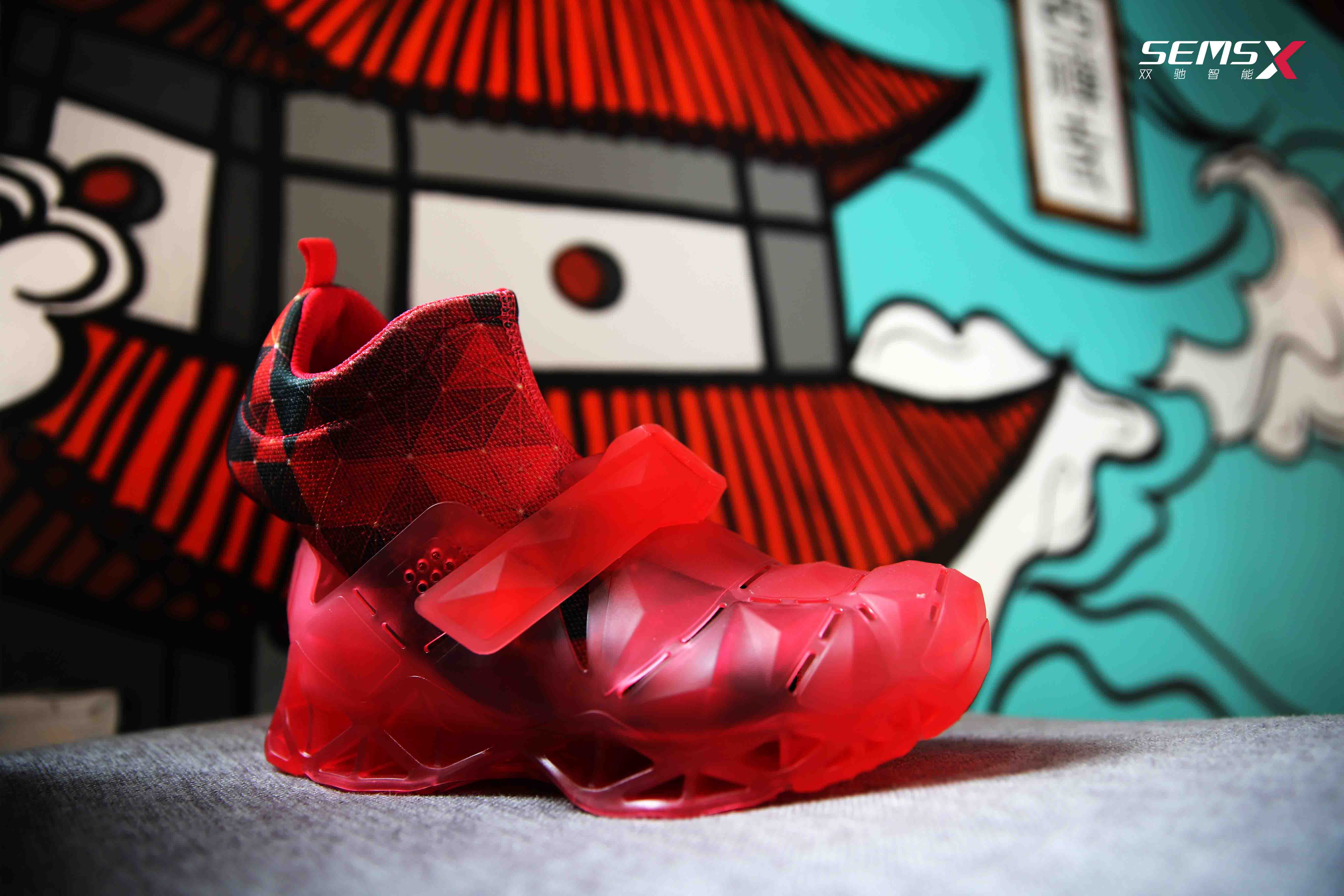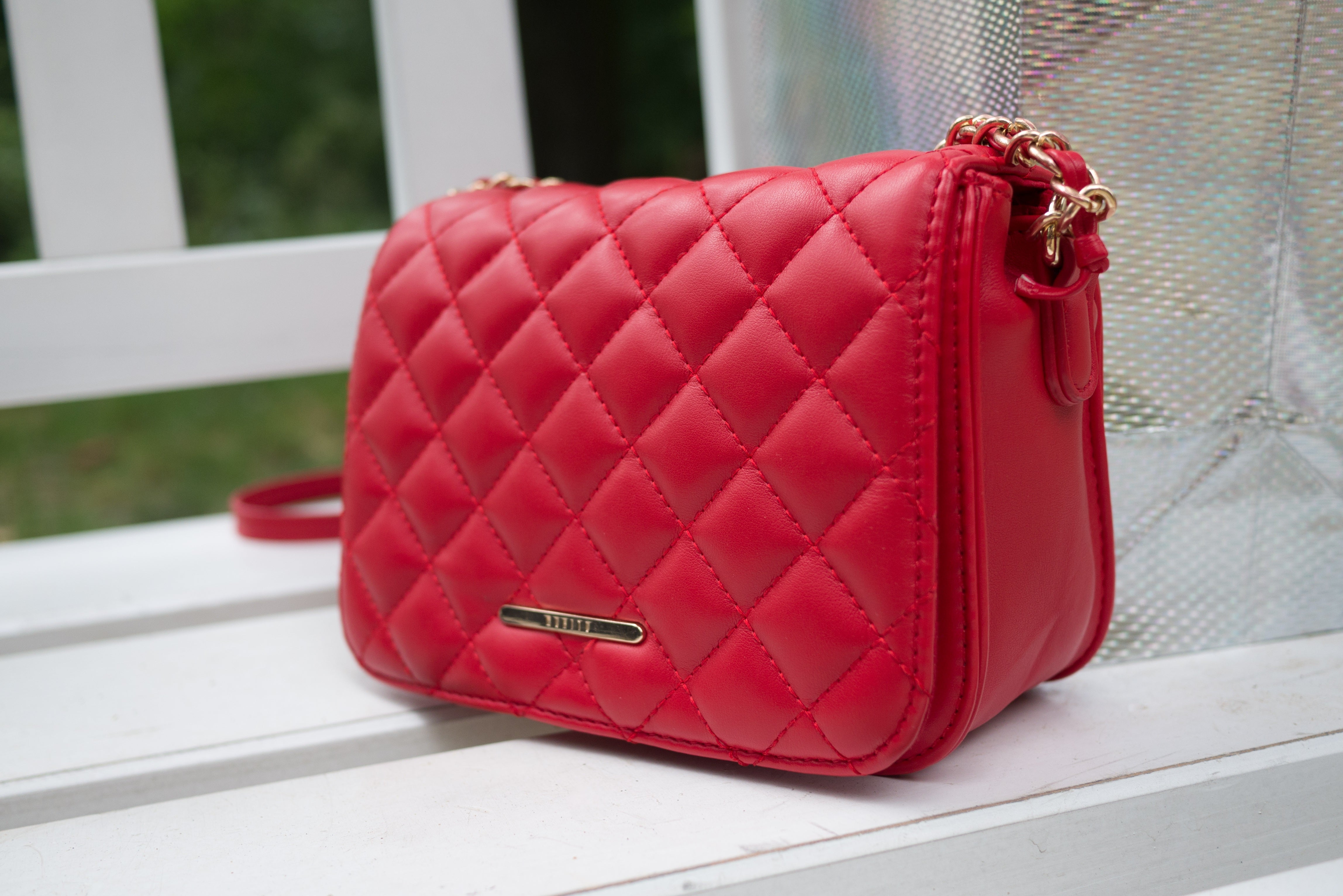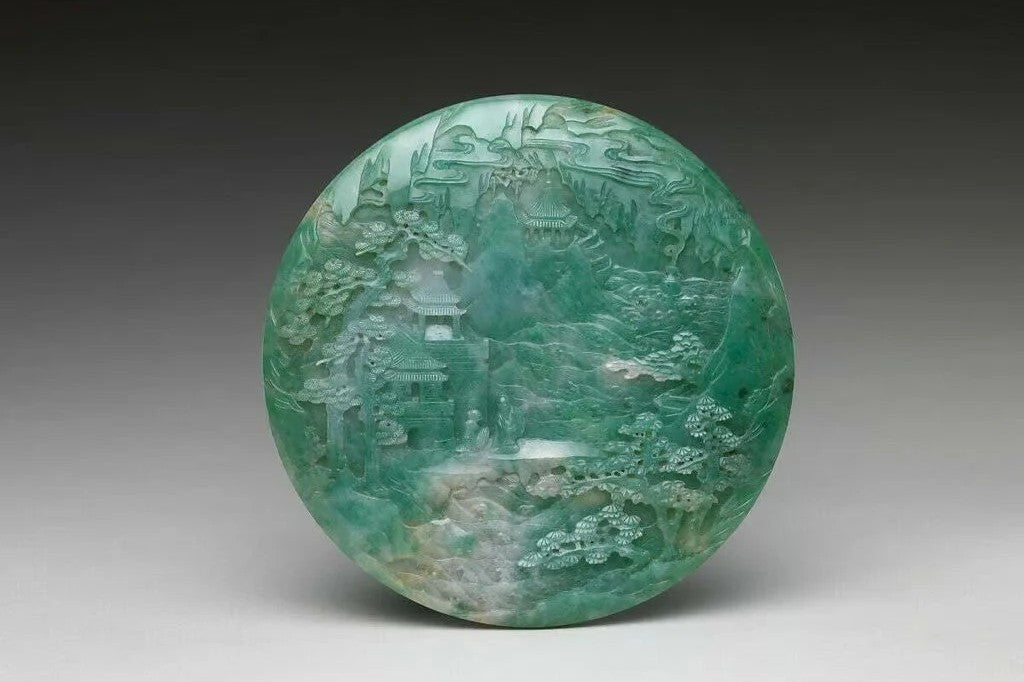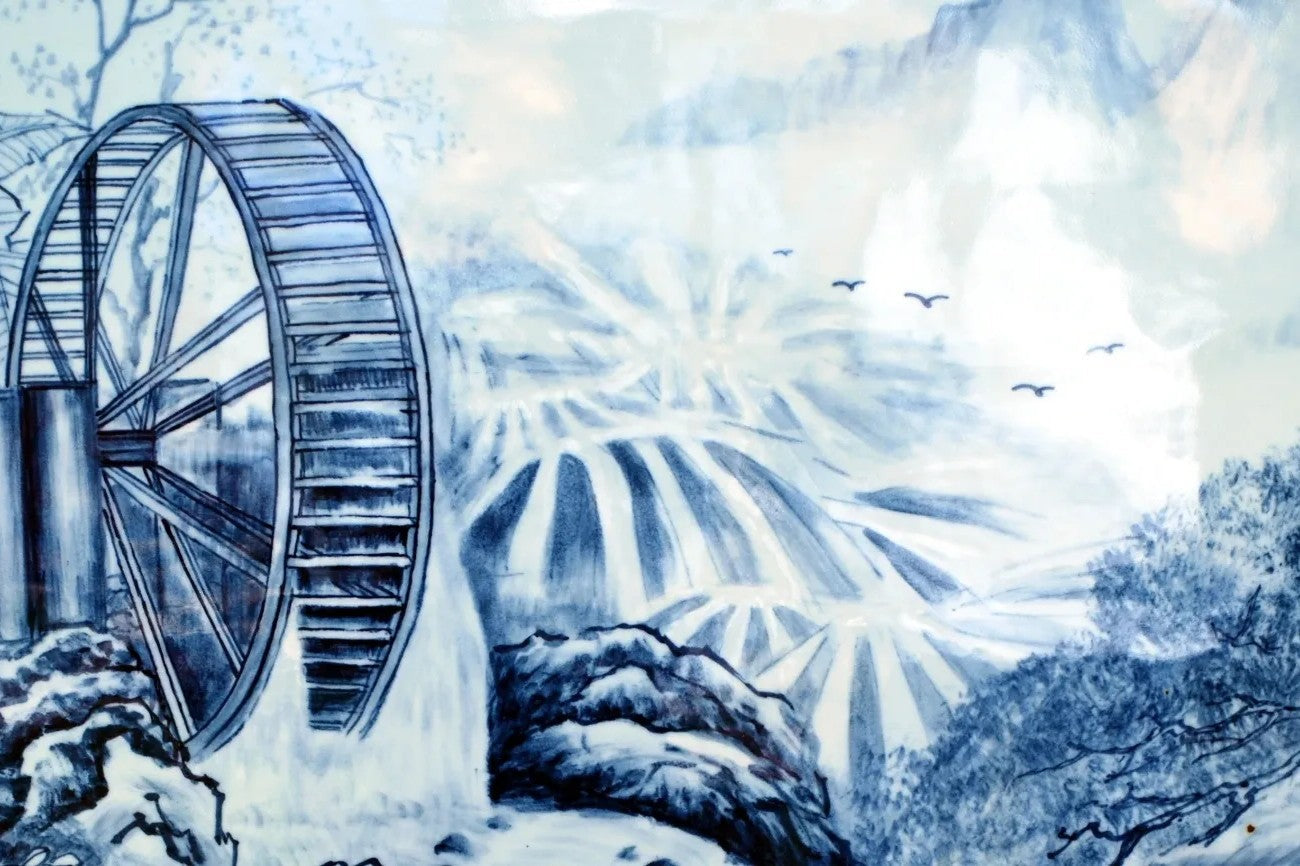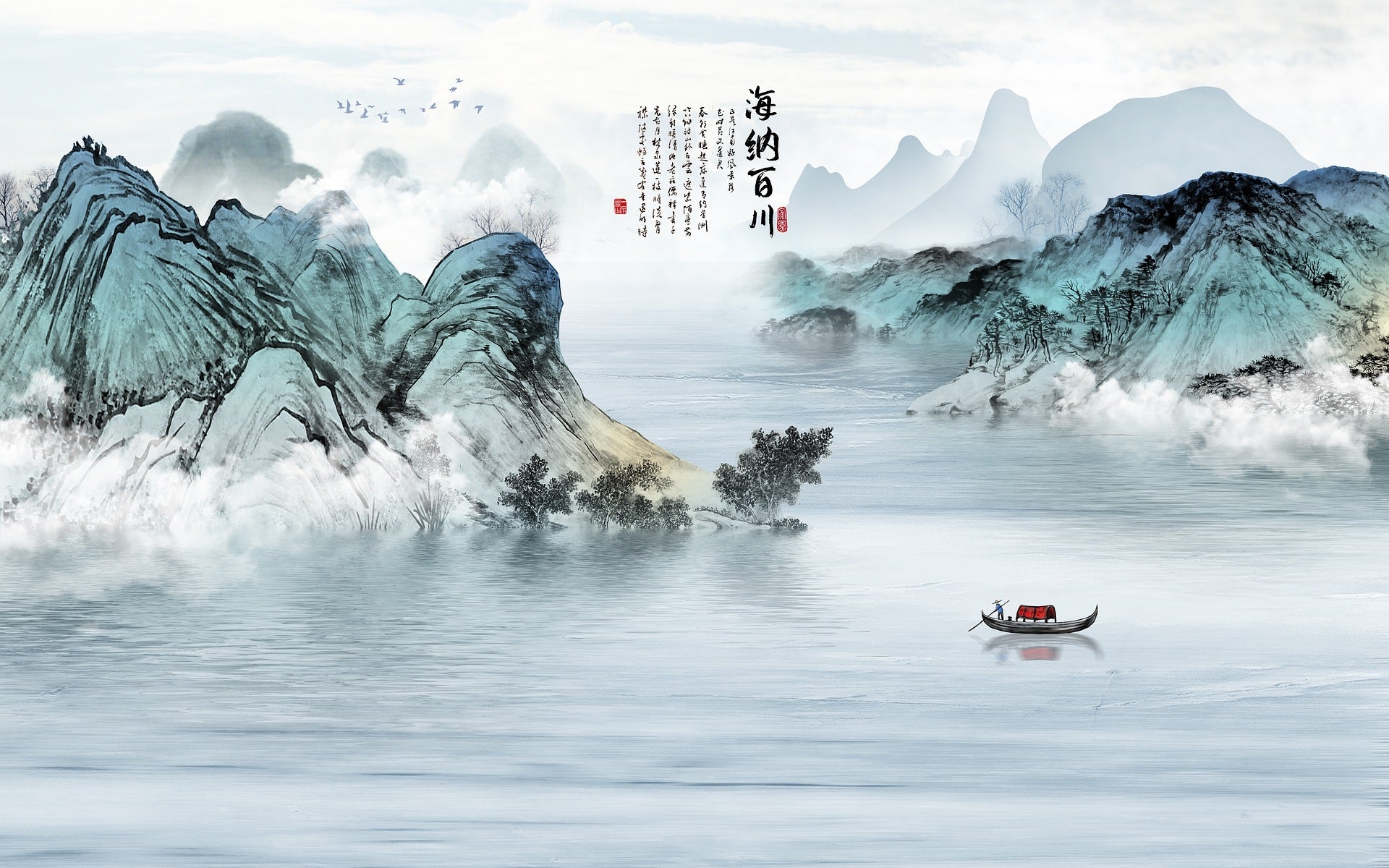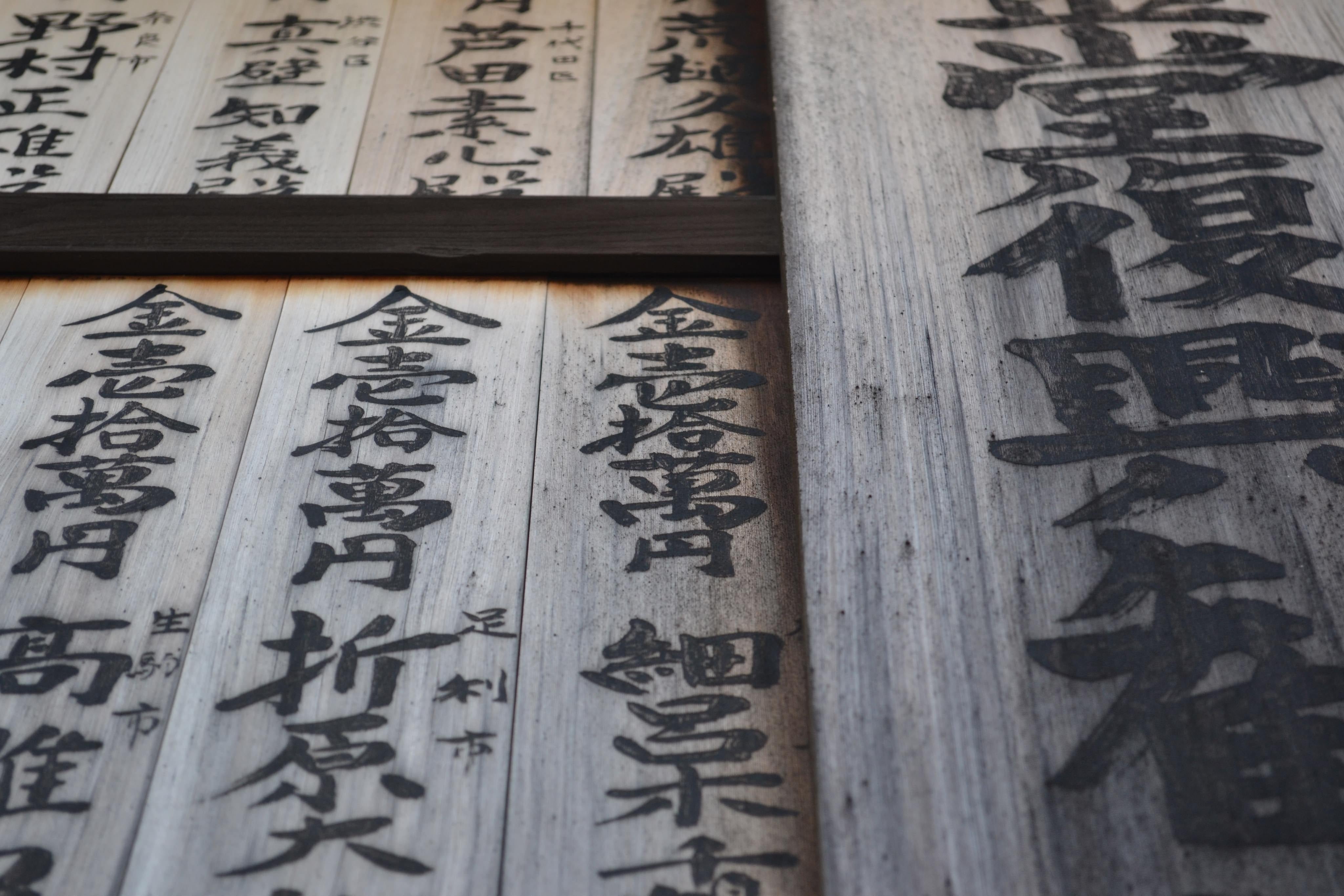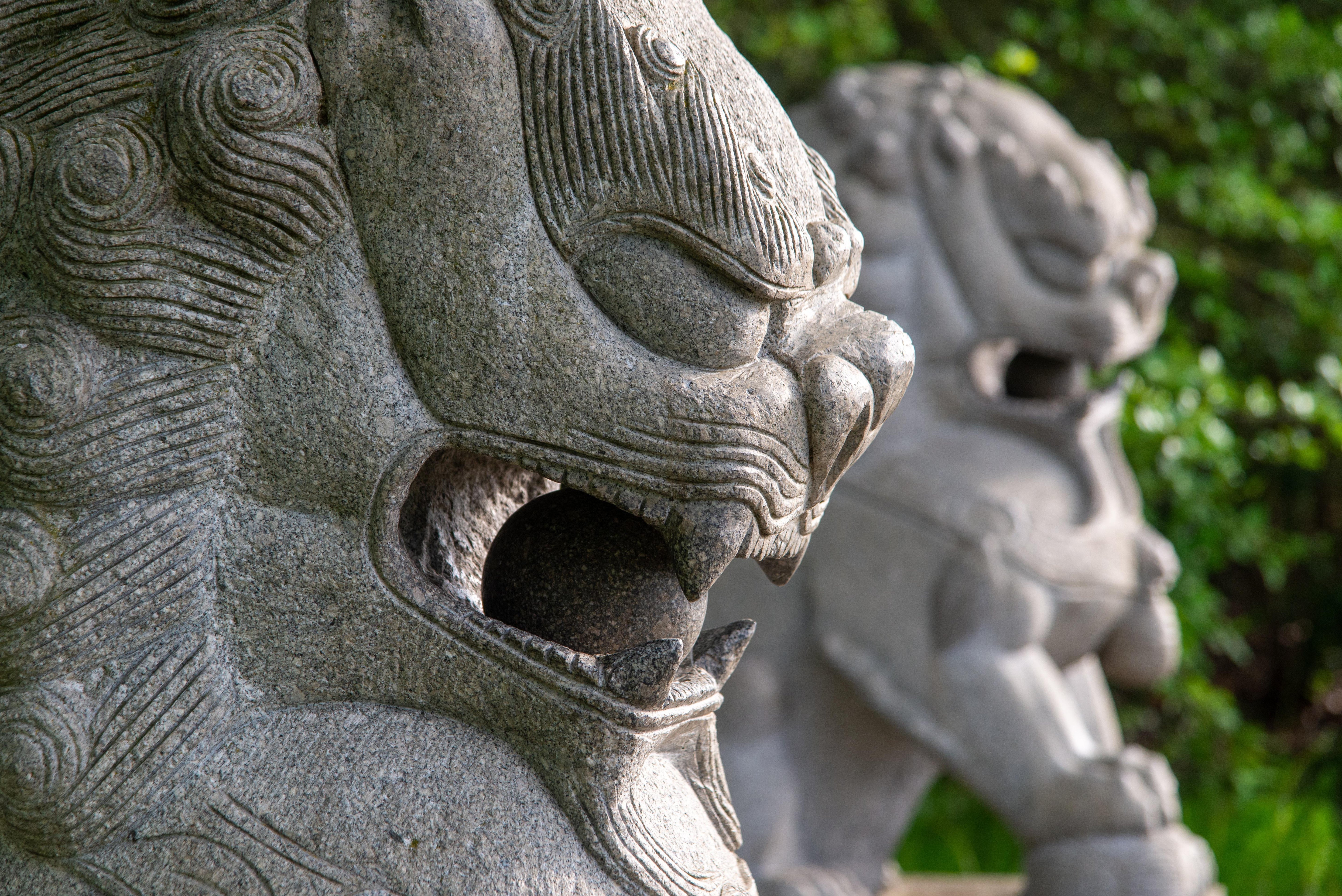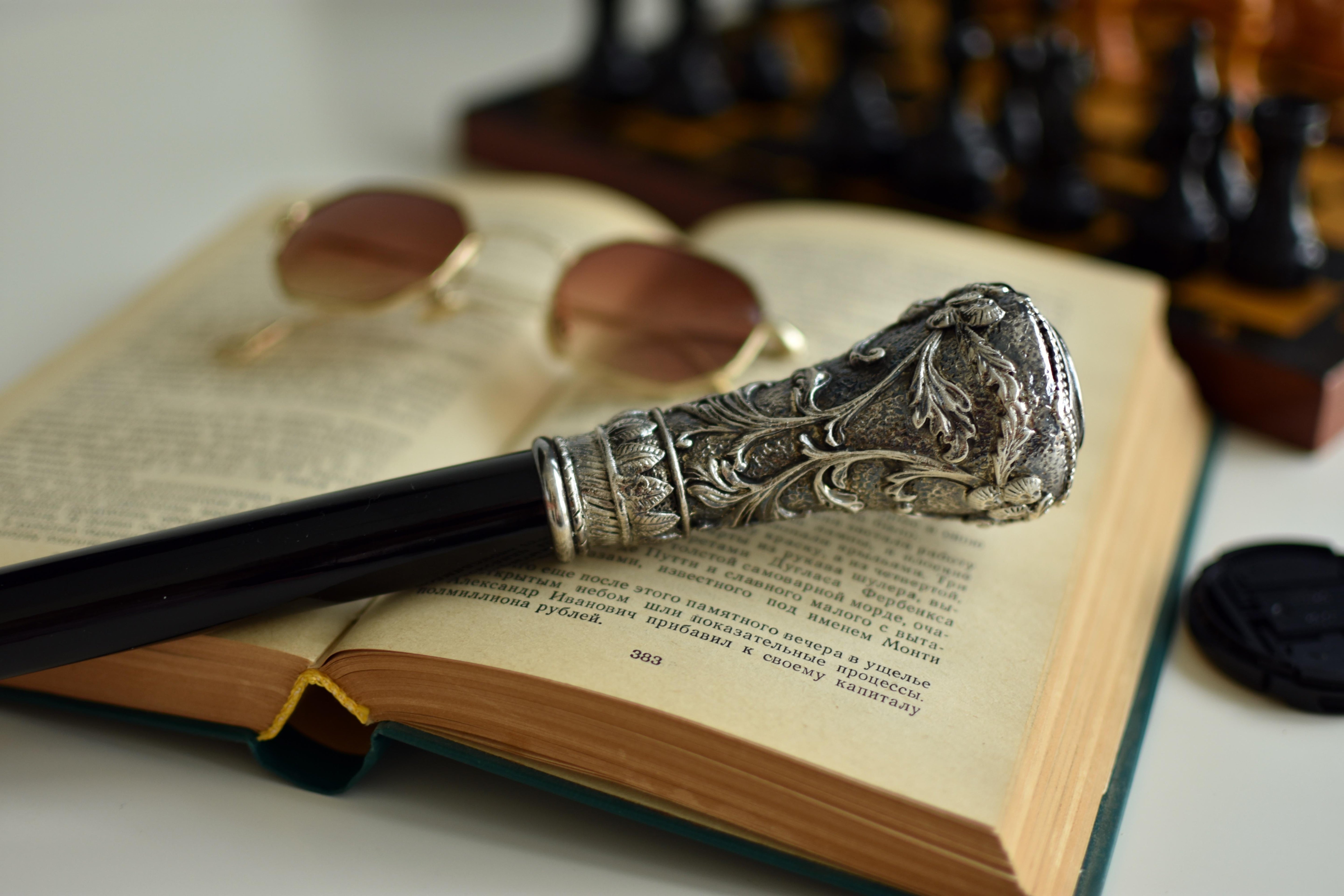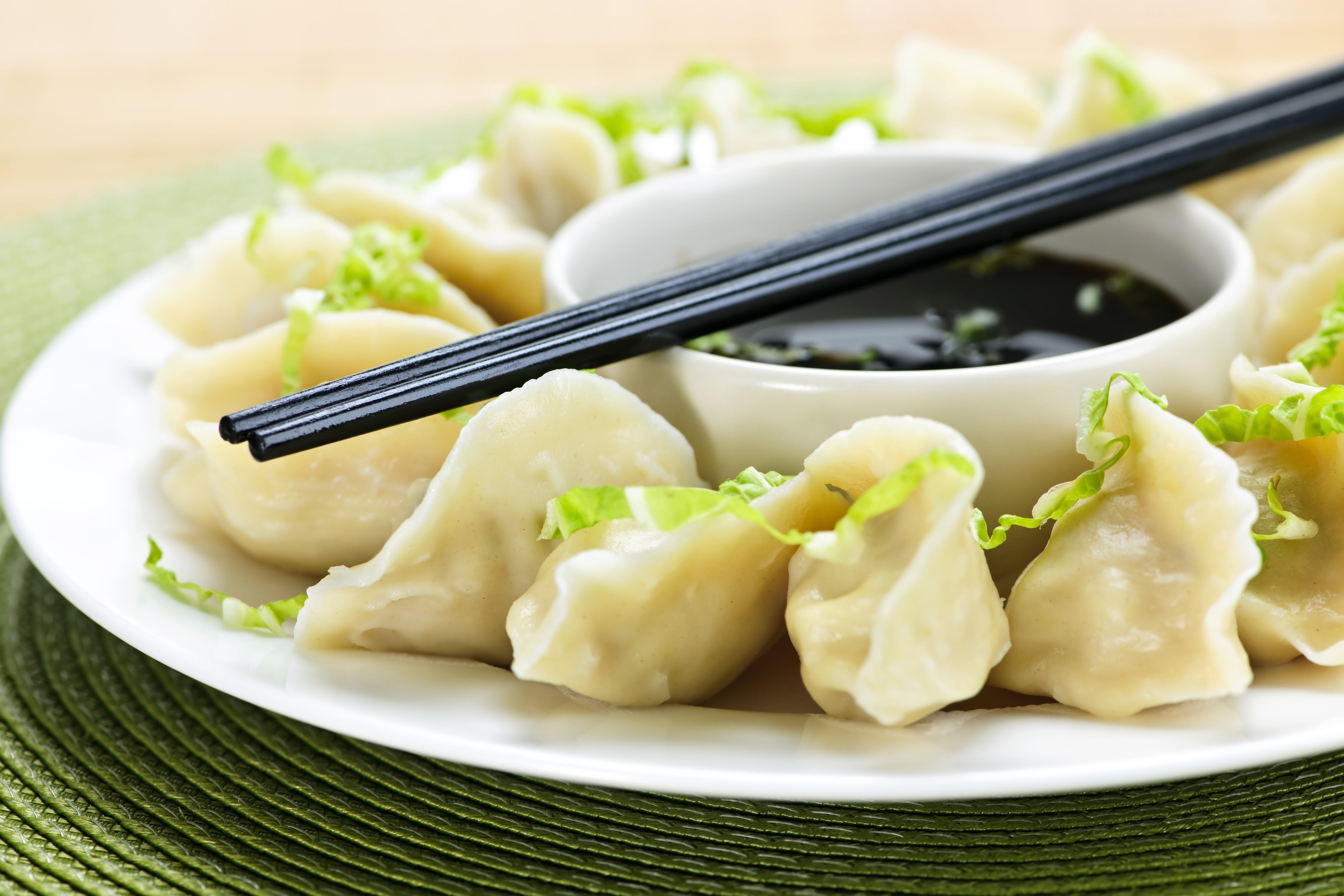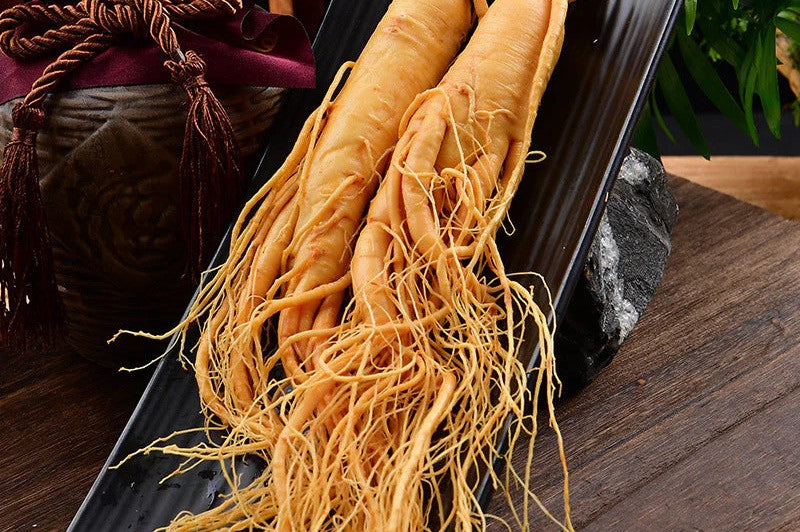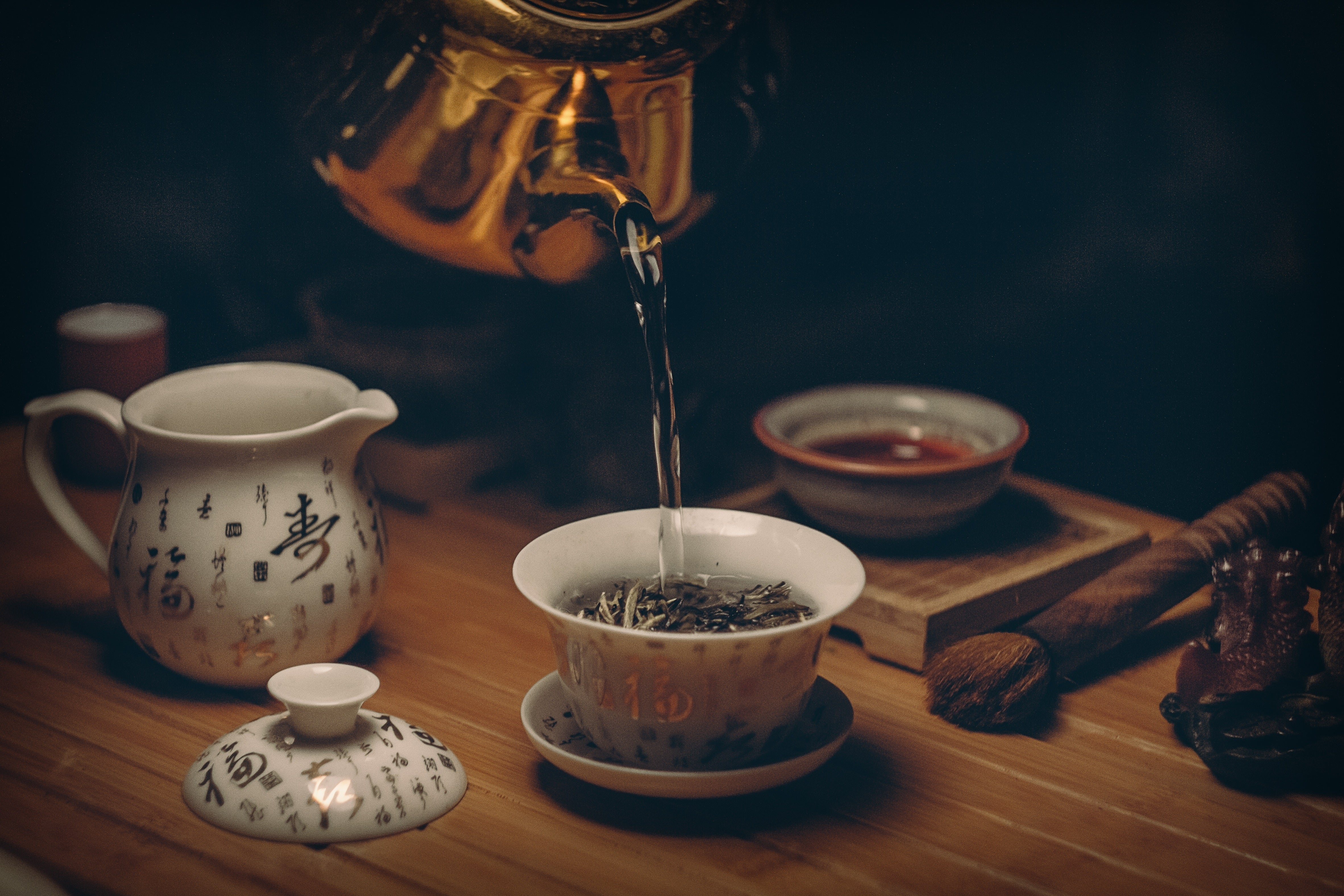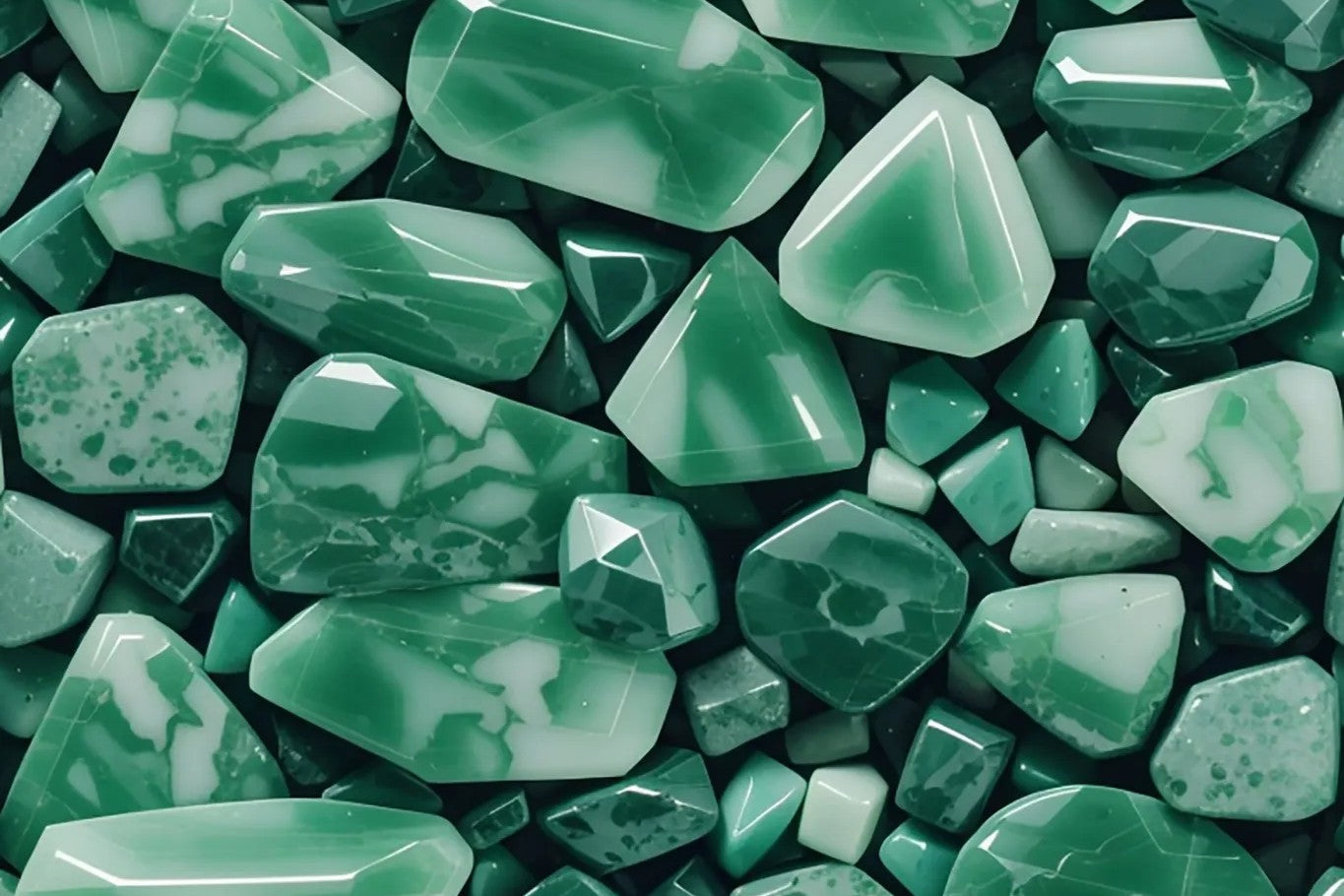
Hetian
Hetian jade is one of China’s most renowned and cherished types of nephrite jade, with a history spanning thousands of years. Primarily sourced from the Hetian region in Xinjiang, China, Hetian jade is celebrated for its smooth, delicate texture, soft sheen, and durability. It is predominantly white in color, with the pure white variety known as "mutton fat jade" being especially prized. There are also varieties like green, jasper, and black Hetian jade, each with distinct qualities.
In traditional Chinese culture, Hetian jade is more than an ornamental material; it symbolizes status, virtue, and spirit. Ancient Chinese believed that the jade’s soft, gentle texture represented "gentlemanly virtues," so Hetian jade was often crafted into items like pendants, bi disks, and rings, used in religious ceremonies and important rituals. The carving of Hetian jade is highly skilled, often featuring motifs like dragons, phoenixes, flowers, and birds to convey wishes for good fortune, longevity, and peace.
Today, Hetian jade remains valued in the form of bracelets, necklaces, seals, and more, prized not only as jewelry but also as collectible and investment pieces. Hetian jade holds a unique place in China’s jade market and globally, representing an essential aspect of Chinese cultural heritage.
